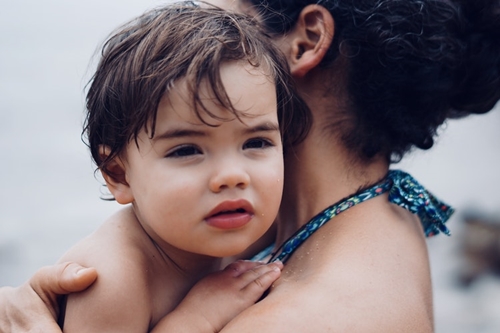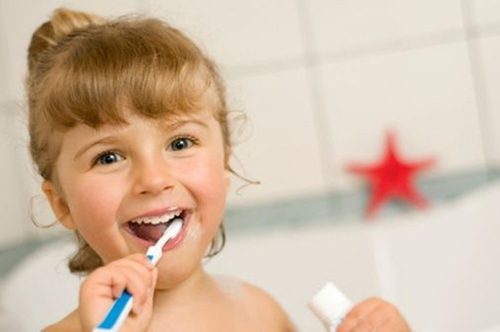 Photo by Savvas Stravrinos on Pexels
Photo by Savvas Stravrinos on Pexels
Some hazards in the home are obvious; parents quickly take steps to remove or modify them in the interest of keeping their kids safe because they stand out as a hazard that must be dealt with. The most dangerous hazards in your home are those that lurk quietly and do not draw attention to themselves. You may not even think of them as a hazard until it is too late.
A Silent Killer
One such hazard that has lurked silently in homes for many years were window coverings that operated via exposed cords. Young children, sometimes as young as 8 months, can become entangled in the cords of a blind which cut off their air supply and can cause them to die by strangulation. It can take only a matter of seconds for a child to become entangled, and because the cords cut off their oxygen, they cannot cry out for help. Fifty fatalities among infants and young children due to window cord strangulation were reported to the United States Consumer Product Safety Commission between 2012 and 2017. When it comes to hidden hazards in American homes, the USCPSC includes corded window coverings as one of the top five.
New Regulations
For this reason, new regulations have recently gone into effect to protect children from unnecessary strangulation injuries and deaths. As of December 15, 2018, retailers are no longer allowed to sell off-the-shelf corded window blinds. From now on, any pre-made window blinds sold in stores must either be cordless or have interior cords that are inaccessible to children.
Parents are advised to note that the regulation does not apply to custom blinds, only to pre-made stock. However, many manufacturers of window coverings have cordless options available for sale. For example, Next Day Blinds offers several cordless options certified “Best for Kids” by the Window Coverings Safety Council, a national coalition dedicated to educating consumers about safety as it relates to window cords.
However, the new regulations will not affect the blinds already in your home. The WCSC strongly urges parents of young children to replace corded window coverings with safer options. However, every situation is different and in some cases, replacing window treatments may not be possible. In that case, the WCSC encourages parents to retrofit older window coverings to make them safer for children and provides instructions on how to do it.
Why Cords Can Be Dangerous
There are two basic concerns when it comes to corded window coverings. The first concern is the cords along the sides that are used to control the blinds. For example, many blinds have cords that allow you to raise or lower them, and some also have cords to open and shut the slats. The other concerns are the interior cords that hold the slats in place. The concern is that children can pull the interior cords out and entangle themselves within them.
Basically, any cord that forms a loop, and is slack enough for a child to fit his or her head through, is of serious concern. The material from which the cord is made makes no difference; metal or beaded cords are just as much of a potential threat.
How You Can Make Your Home Safer
The WCSC suggests several steps that can make your child’s room safer even if you cannot replace the window coverings.
Make the following changes to existing window coverings, if possible:
Install cord stops to restrict the length of the cords
Cut free any looped pull cords; apply continuous tension to any that cannot be cut
Eliminate dangling cords
Window covering manufacturer Next Day Blinds corporation offers breakaway cord consolidators that separate under pressure. In addition, they offer cord cleats free of charge. Wrap cords onto the cleats when not in use, and children cannot access them.
You can also make your child’s room safer by rearranging the furniture so that toys and furniture like cribs and beds are as far away from the windows as possible.
 Photo by Omar Lopez on Unsplash
Photo by Omar Lopez on Unsplash Photo by Jessica To’oto’o on Unsplash
Photo by Jessica To’oto’o on Unsplash


